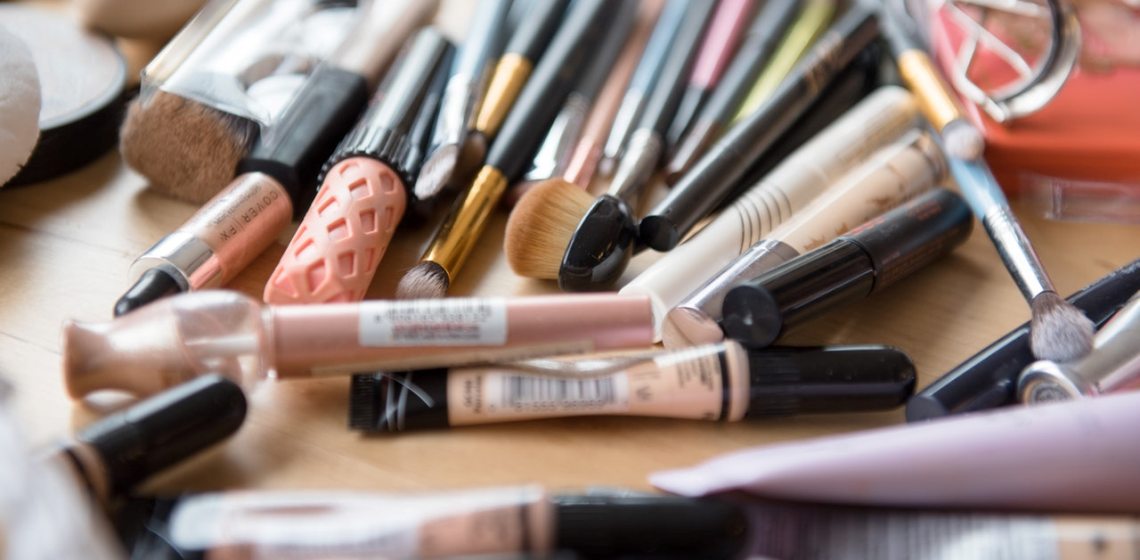Makeup
The Remarkable Primers – Colour correcting primers and the Colour Wheel
While some may consider face primer as yet another unnecessary layer on the face, face primer undeniably has benefits and...
By: Beauty Insider Journalist / January 6, 2019

While some may consider face primer as yet another unnecessary layer on the face, face primer undeniably has benefits and make that extra layer worth its efforts:
- Smoother look – face primer acts as a foundation to a foundation. It offers a smooth base by filling out fine lines, wrinkles and recesses on the skin surface.
- Makeup last longer – face primer provides a base for makeup to hold on to, allowing the makeup to last longer.
- Reduce shine – face primer even out tone and mattifying primer helps to control oil and reduce shine. Worn by itself, face primer gives a natural tint.
- Balance skin tone – face primer with a colour tint could correct and balance skin tone.
Contents
Types of primers – Silicone Vs Water-based primers
The carriers for primers are mostly either silicone-based or water-based. Silicone-based primers offer an ultra-smooth base by blurring fine lines and pores. They inhibit oil in the skin from breaking down the makeup, hence holding the makeup longer than water-based primers.
On the other hand, some sensitive skins may react to silicone-based products. Furthermore, the thicker formula may clog pores, leading to acne problems. For these cases, water-based primers are more suitable for sensitive and problematic skins and are more lightweight.
Variations of primers
Either silicone or water-based, there is a host of different variety of primers on the market promising many effects. These include
- Mattifying primers – mat effect and help in blocking face producing oils to affect the makeup, are suitable for oily and combination skin
- Shiny / Radiance primers – shimmering particles/light defusing particles in the formula to illuminate/add radiance to the face.
- Hydrating primers for dry skin
- Colour tinted primers to even out tones.
Balancing properties of colour tinted primers

Primers with colour tints balance and even out skin tones. However, choosing which colour tinted primer to use can be confusing and daunting. There are many shades on the market and which colour for what effect can be a challenge to remember them all.
A colour wheel helps keep things simple and provides a rough guide. It is based on the concept that colours on the opposite ends of the colour wheel will balance and correct each other. First, determine the skin tone and this is best studied under white light. Acne and suntanned skin tend to give out a reddish/pink tone. Sallowness is a pale, sickly yellow skin tone. Fair skin that is unable to hide dark veins can be considered as blue tone. Once an estimate is taken of the colour tone, use any colour wheel to look for the opposite colour. This serves as a reference and experimentation with the colour tint is still needed.
Uneven skin tones may require more than one tinted primer. Dark circles under the eye with tired yellowish toned skin need the help of the different colour tinted face and under-eye primers. Red spots from acne scar may then require a green-tinted primer on the specific area and spreading green-tinted primer on yellowish toned skin may make it look tired.
Below are some suggestions:
Green tint – Green tint cancels out redness. Suitable for skin affected by acne or rosacea.
Blue / Lavender tint – Suitable for yellow tones. Correct sallowness, rendering it less tired looking. Brighten skin tones.
Pink / Peach tint – Conceal darkness, dullness, blue veins, especially for fair skin. Hides pigmentation, age spots and dark circles. Brightens skin and adds glow.
Yellow tint– Add warmth to darker complexion. For light skin to hide blue-purple blood vessels beneath surface.

















